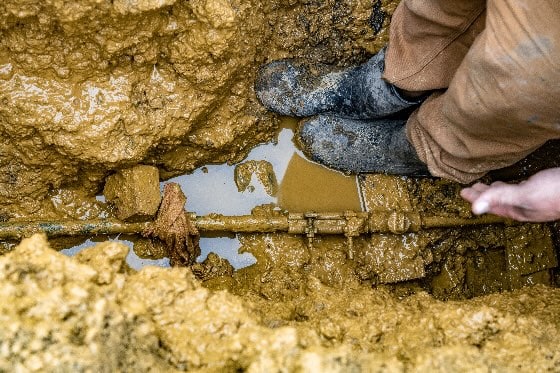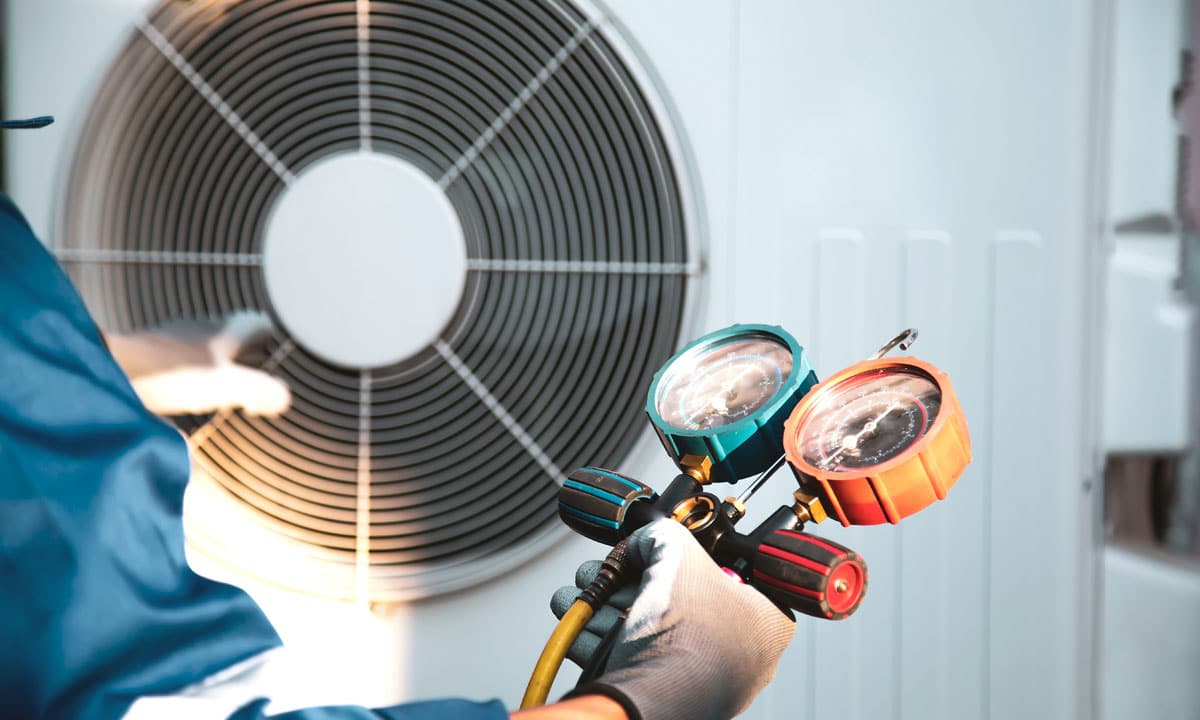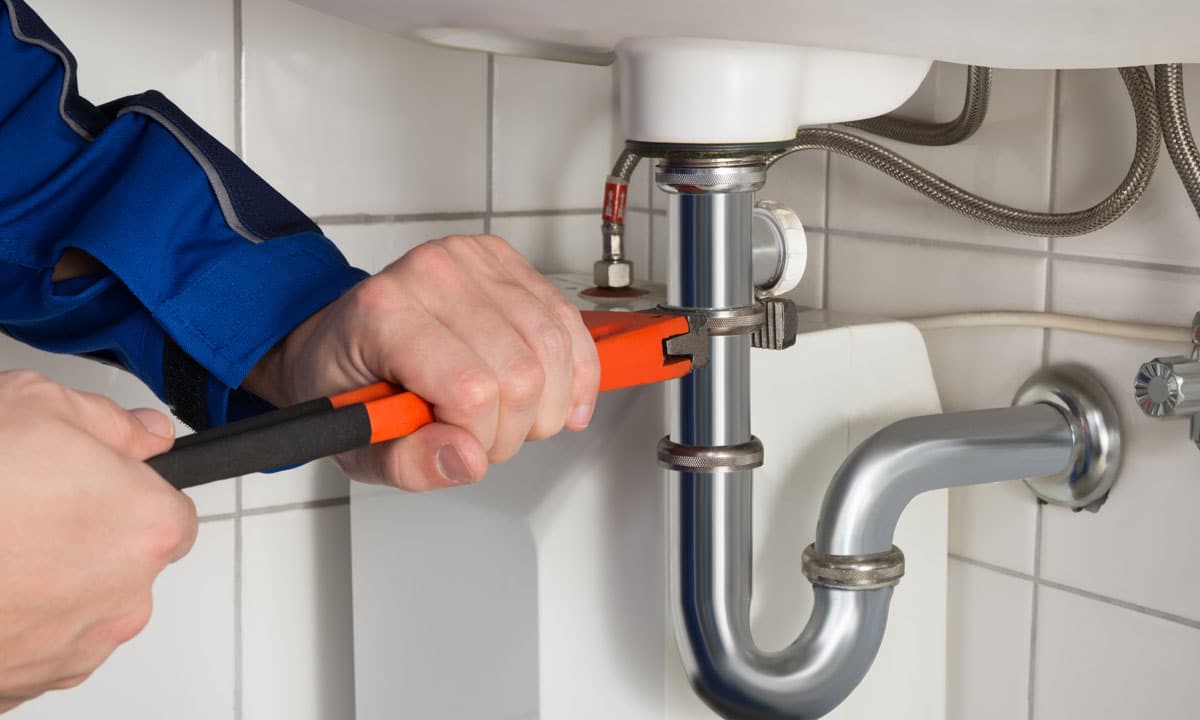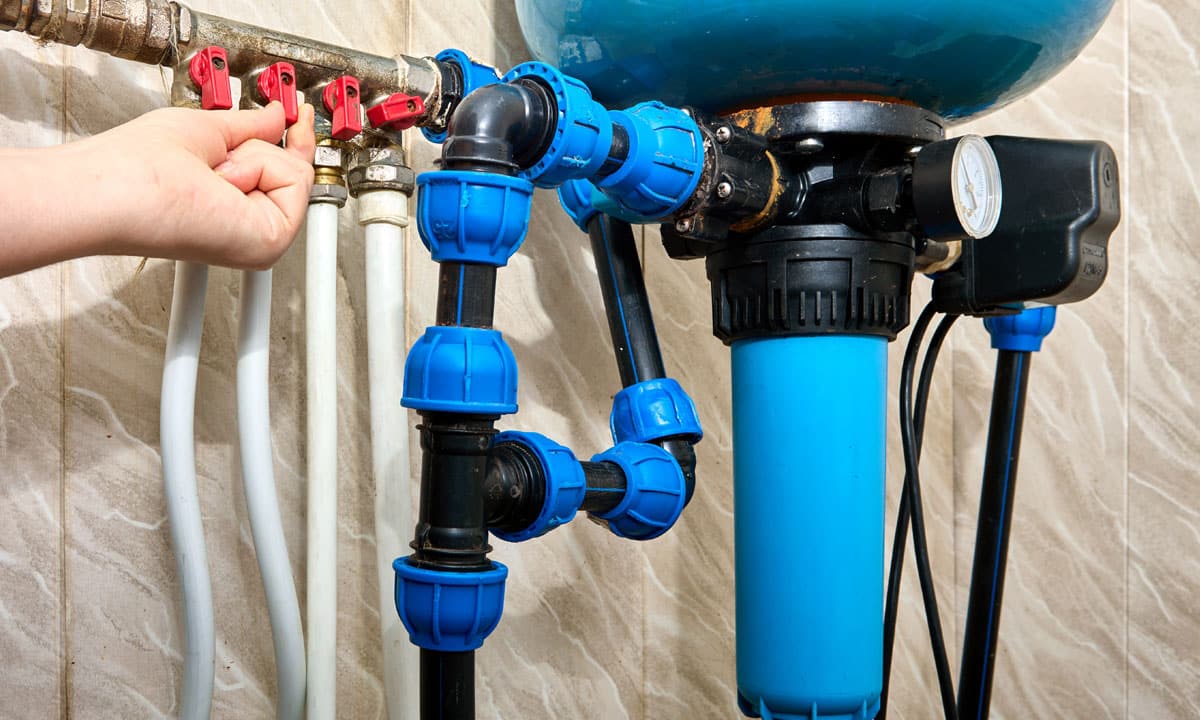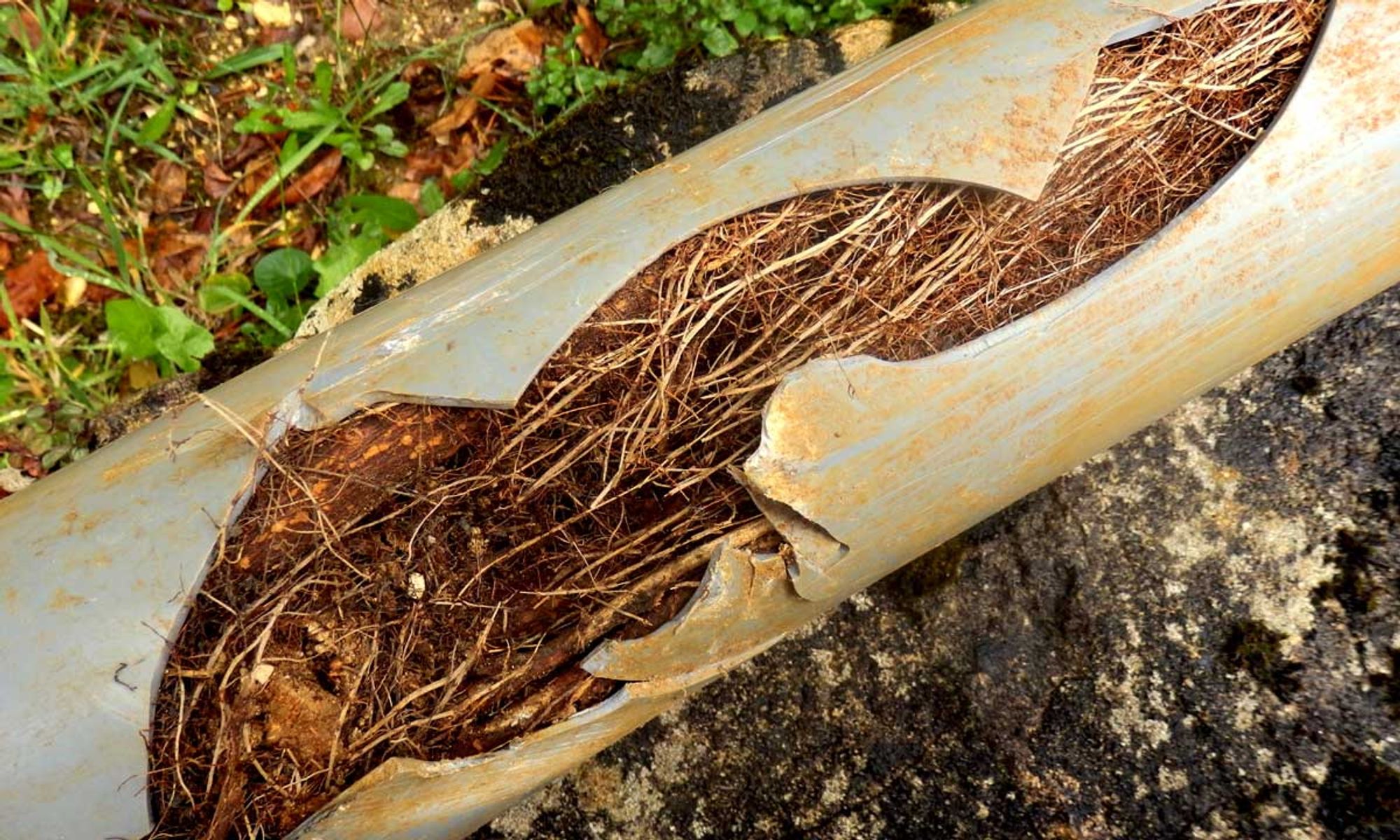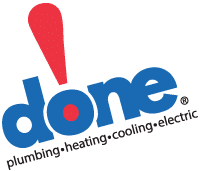Millions of households rely on furnaces to stay warm. Adequate indoor heating can even determine whether a property is even habitable! That’s how critical these heating systems are to a household’s well-being. But, while air conditioners keep residents of hot regions comfortable, furnaces do a bit more. They keep people in cold climates from freezing in their beds! If your home falls under the latter and you are in the market for furnaces, read on for Done HVAC’s simple guide to furnaces.
How It Works
The heat creation process is simple enough. To produce heat, an oil/natural gas burner switches on whenever the thermostat detects a drop in temperature. The furnace then transmits hot air at a rate of 700 ft. per minute. Of course, this assumes that the installer used the typical galvanized 30-gauge sheet steel to make the system’s ducts. You think exposing cold air to flame may appear too easy a task, and you’d be right. The challenge for our technicians is creating duct systems that bring that air to the rooms where it’s needed.
There is, of course, the matter of budget and time when it comes to larger homes and specific customer demands. Thankfully, ductwork is hassle-free with Done HVAC all the same. In addition, we know our way around the inner workings of a building. This superior performance is given our extensive experience conducting heating and plumbing repairs in Denver.
What You Need
The critical metric is your furnace’s Annual Fuel Utilization Efficiency (AFUE). If your furnace’s AFUE is 50%, for instance, it means that your home receives just half the supposed amount of heating for all the fuel you spend, with the other half escaping outdoors. We can help you determine the AFUE of your furnace, whether it just needs repairs or replacement, and how the system can spend fuel better. High-efficiency furnaces (90%-100%) essentially pay for themselves through fuel savings alone.
Then there are the furnace types. If you want to maximize efficiency, the single-stage furnace may not be for you. Since it only has one operable setting, ON, users of single-stage furnaces can expect drastic peaks and valleys in their home’s indoor temperature. Meanwhile, two-stage furnaces have a HIGH and LOW setting, which makes for greater efficiency.
Finally, modulating furnaces are more like kitchen stoves. Their heat setting is adjustable to any point between the minimum and maximum levels. While this technology is newer, it’s proving to be an excellent application for customers who want the total amount of control of their heating system. Whichever furnace type you choose, you can trust us to deliver quality results from installation to repair and maintenance. We offer free estimates on new equipment, so if you need an assessment, contact Done Plumbing & Heating to learn more.


